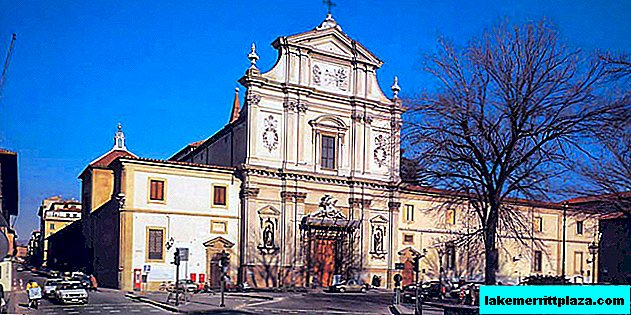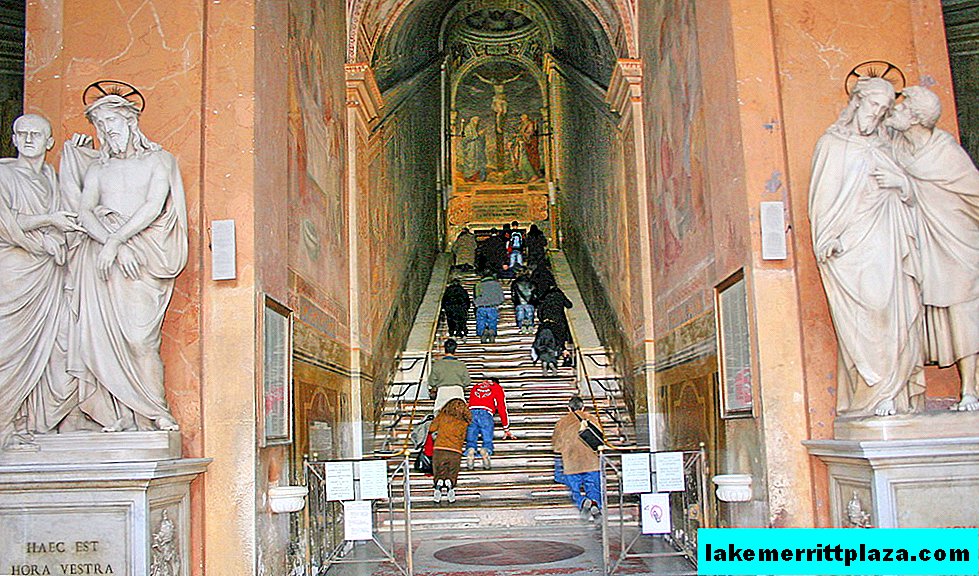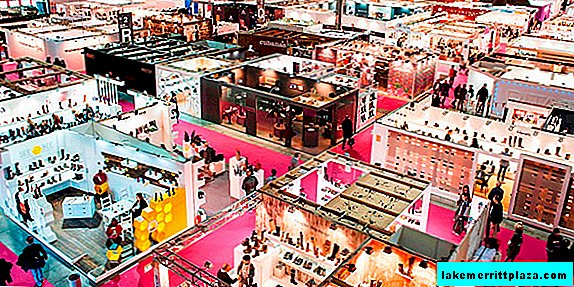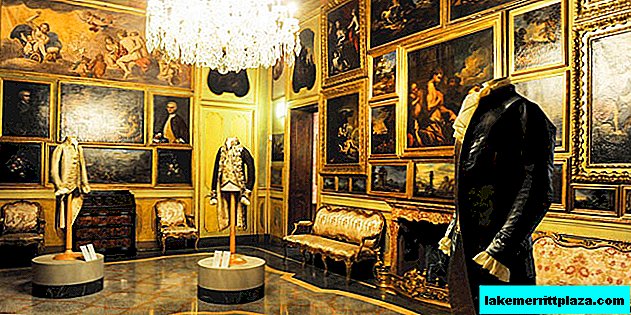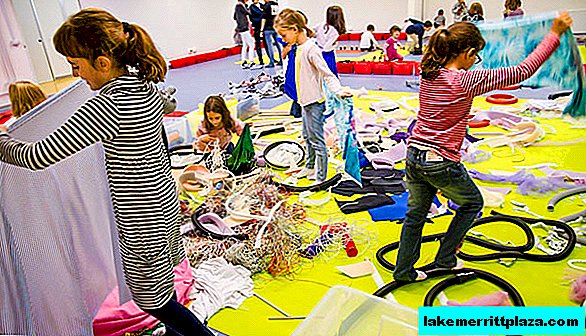There are three main railway stations in Milan: Milano Centrale, Porta Garibaldi and Cadorna. The first of them serves trains connecting Milan with all of Italy and with other countries (France, Switzerland, Germany), the other two are mainly connected with suburban rail links.
Milan Central Station
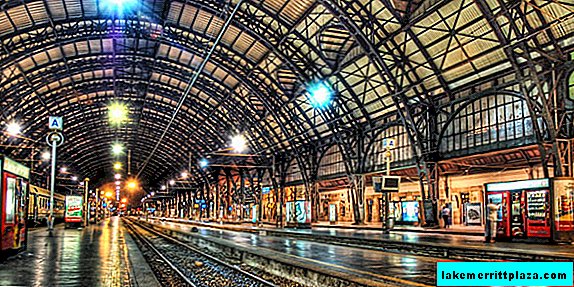
Milan Central Station (Milano Centrale) is located at Piazza Duca D'Aosta, 1. The old Milano Centrale building was built in 1864, on the spot where Republic Square is now located. When it became outdated due to technical progress, engineer Julis Staccini took up the development of a new building project. As a basis for his work, he used the project of the Union Station station in the US capital, Washington.
In 1931, the renewed Milan Central Station changed its original address and began work. Since then, the exterior of the building has not changed - strict and clear architectural lines characteristic of the Art Deco style, popular in the 30s, unusual bas-reliefs, large sculptures as decorative elements of the facade.
The most unusual part of the Milano Centrale building is the steel dome crowning the roof and designed by engineer Alberto Fava. It has an area of over 66,000 square meters and a length of 341 meters.
Milan Central Station serves 24 platforms from which more than 600 trains leave daily. Not far from the Milano Centrale building is the Centrale FS metro station, from where there are trains on the M2 and M3 lines (their directions can be specified on the map of the Milan metro). Passenger services include a left-luggage office, a cafe, rest rooms, a help desk. There is a taxi rank opposite the station, and a bus stop to the west of it.
Milan Central Station has a constant transport connection with major airports in the city. So, you can get to Milano Centrale from Malpensa Airport (Aeroporto di Milano-Malpensa) by one of the express trains that depart about once an hour, or by bus leaving Malpensa three times an hour (every 20 minutes). From another airport, Linate, Stam buses run regularly to Central Station. Travel time is 30-35 minutes.
Trains depart from Milano Centrale to Rome, Venice, Turin, Florence, Naples, as well as to Paris, Geneva, Zurich and other major European cities. To clarify the train schedule for a specific day, the availability and cost of tickets can be by phone +39 02 774 04318.
See Milan hotels near Central Station
Porta Garibaldi

Porta Garibaldi (Milano Porta Garibaldi), opened in 1963 - the second most important railway station in Milan (after Centrale) and the largest suburban train station in the city.
The address of Port Garibaldi is Piazza Sigmund Freud, 1. You can get to it from anywhere in the city by metro: the nearest station is called P.Ta Garibaldi. It is impossible to get to Port Garibaldi from the airport by direct public transport routes. You will either have to take a taxi (which is not cheap in Milan), or go from the airport to Centrale Milano by train or bus. From there to the destination you need to walk about 20 minutes (option for those who are not burdened with heavy things) or again to catch a taxi that takes you where you need to.
Hotels near Port Garibaldi Station
Near Porta Garibaldi are many prestigious and comfortable hotels, including:
- AC Hotel Milano by Marriott;
- UNA Hotel Tocq;
- Isola Hotel & Apartments;
- Atahotel Executive.
You can find more affordable housing in the area. The hotels in the vicinity of the Garibaldi station are usually chosen by tourists who are most interested in entertainment and shopping: this is where most of Milan's shops, clubs, cafes and restaurants are concentrated. The exact address of the hotel you are interested in can be found on the Internet by driving its name in the search bar or just see all the hotels in Milan near the Garibaldi station on Booking.com.
Cadorna Station

Cadorna (Cadorna) - a railway station named after the famous Italian marshal Luigi Cadorna and located at Piazza Cadorna, 1. Nearby is one of the main attractions of Milan - Castello Sforzesco
You can get to it from any end of the city by metro if you go along the 2nd or 3rd lines (their directions can be viewed on the map of the Milan metro).
Cadorna Station is the final stop of the S3 and S4 commuter rail lines connecting Milan with other Italian regions - Lombardy (Laveno-Mombello, Varese, Canzo), Piedmont (Novara), as well as the largest city airport - Malpensa. You can get to the station from Malpensa on one of the express trains that depart from the first terminal every half hour. But from Linate airport direct transport to Cadorna does not go, you have to take a taxi.
Hotels near Cadorna Station
The Palazzo delle Stelline (three-star) and Mokinba Hotels King (four-star) hotels are located very close to Cadorna Station, and the four-star hotels UNA Hotel Cusani and CamperioHouse Suites are a bit further. All of them are prestigious and comfortable, they offer many additional services: saunas, restaurants, tennis courts, etc. You can find out the address of any of the listed hotels at Booking by entering the corresponding query in the search bar.
Tourists who are especially interested in the historical sights of Milan are usually looking for accommodation near the Cadorna. Near the station are the most famous of these objects - the church of Santa Maria delle Grazie, where you can admire the Last Supper by Leonardo da Vinci, and the famous ancient Sforza castle.
You can check the current train schedule for any of the Milan stations, as well as buy train tickets online at www.trenitalia.com. When buying tickets at the box office or online, pay attention to the abbreviations that are used to refer to Milan train stations. So, the abbreviation MI C.LE means Milano Centrale, MI P.GA - Porta Garibaldi, MI N CA - station Cadorna.


